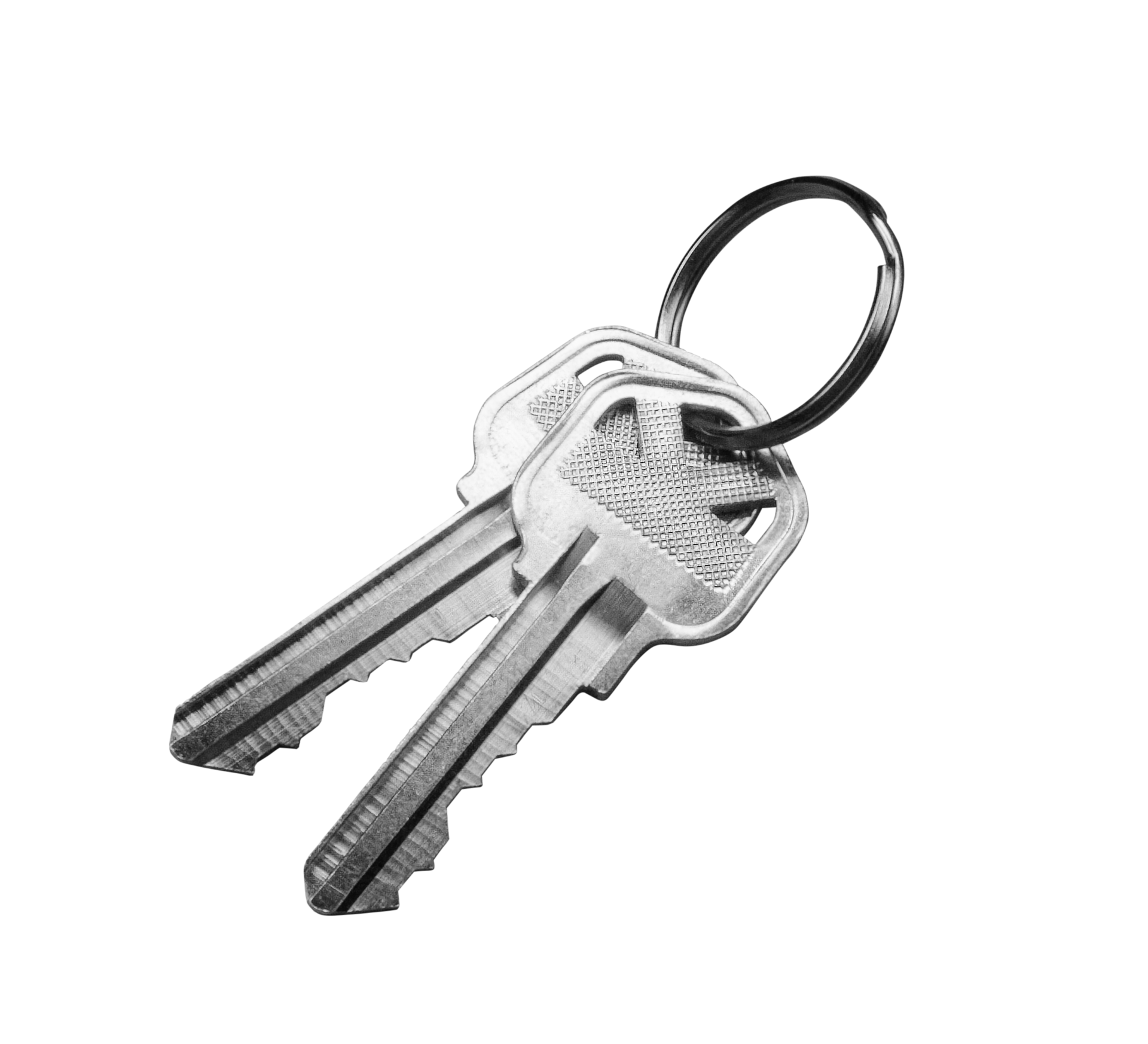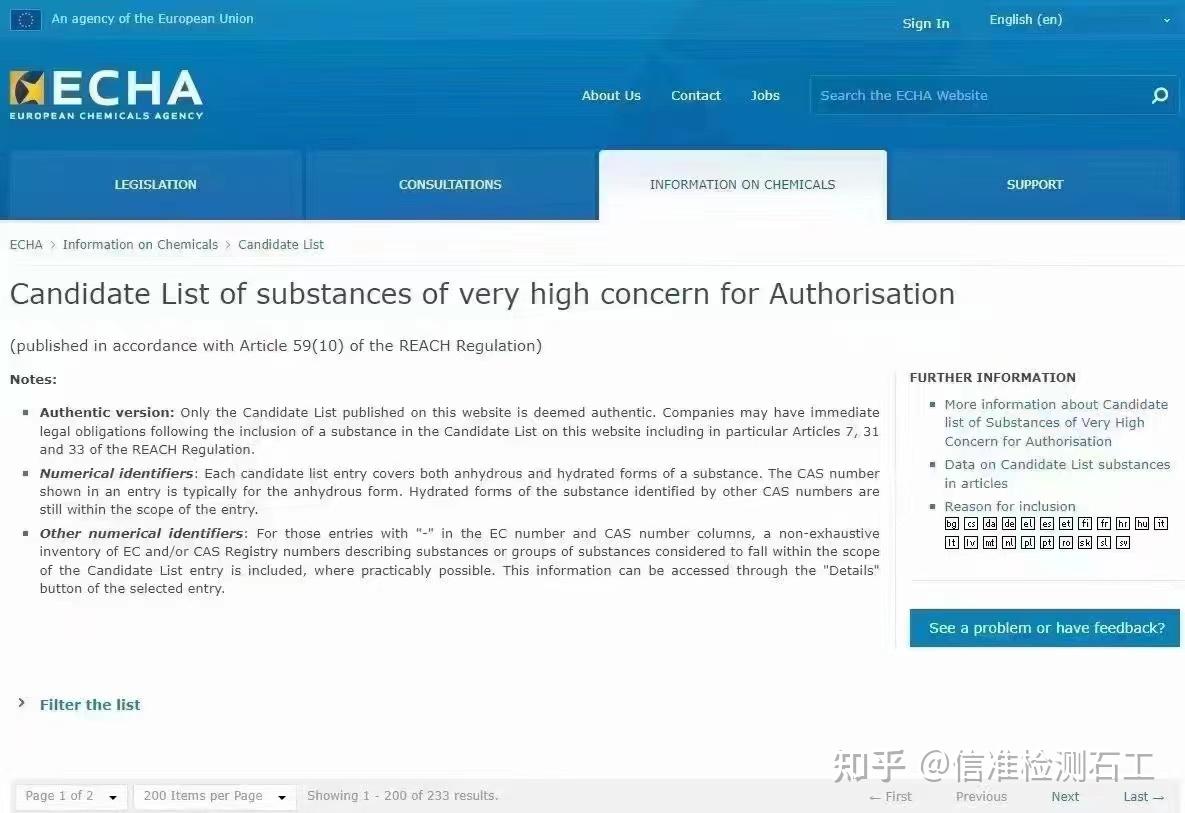Key fobs have become an essential part of modern vehicle access and security systems, providing convenience and safety for car owners. However, like any technology, they are not immune to issues. In this article, we will explore the common problems associated with key fob door locks, their potential causes, and effective troubleshooting tips. By understanding these issues, you can save time and money and ensure your vehicle’s security system remains reliable.
Understanding Key Fob Functionality

Before diving into troubleshooting, it’s crucial to understand how key fobs work. A key fob is a small remote control device that communicates with your vehicle’s locking system using radio frequency signals. When you press a button on the fob, it sends a unique code to the car’s receiver, which then activates the locking mechanism. The main components of a key fob include:
- Transmitter: Sends signals to the car.
- Receiver: Installed in the vehicle to receive signals from the fob.
- Battery: Powers the fob’s electronics.
Understanding these components will help you identify where the problem may lie when issues arise.
Common Key Fob Issues
Key fob issues can manifest in various ways, from unresponsive locks to complete failure. Below are some of the most common problems you might encounter:
- Unresponsive Buttons: The fob does not respond when buttons are pressed.
- Intermittent Functionality: The fob works sporadically.
- Distance Limitations: The range of the fob is significantly reduced.
- Locking/Unlocking Issues: The doors do not lock or unlock as intended.
- Warning Lights: Dashboard lights indicating issues with the keyless entry system.
Troubleshooting Steps
If you encounter any of the issues listed above, follow these troubleshooting steps to identify and potentially resolve the problem.
1. Check the Battery
The first step in troubleshooting a key fob issue is to check the battery. A weak or dead battery is often the root cause of malfunctions.
- Replace the Battery: Most key fobs use a CR2032 or similar battery. Open the fob and replace the battery, ensuring it is installed correctly.
- Test the Battery: Use a multimeter to check the voltage. A healthy battery should read around 3 volts.
2. Inspect for Physical Damage

Physical damage to the key fob can also lead to functionality issues. Inspect the fob for any signs of wear and tear, including:
- Cracks or breaks in the casing
- Damaged buttons or circuitry
- Corrosion around the battery compartment
If physical damage is detected, consider replacing the key fob.
3. Reprogram the Key Fob

Sometimes, the key fob may lose its programming, especially if the battery has been replaced. Reprogramming the fob can resolve the issue.
- Consult Your Manual: Follow the specific reprogramming instructions provided in your vehicle’s user manual.
- Use a Professional Service: If you are unable to reprogram the fob, visit a dealership or locksmith who can assist.
4. Check for Interference
Radio frequency interference can affect the key fob’s ability to communicate with your vehicle. Consider the following:
- Nearby Devices: Electronic devices, such as mobile phones, can interfere with the signal.
- Environmental Factors: Metal objects or structures may hinder signal transmission.
Try using the fob in a different location or away from other electronic devices to see if functionality improves.
Case Studies: Real-Life Examples

To illustrate how these troubleshooting steps can be applied, let’s look at two real-life scenarios:
Case Study 1: The Unresponsive Key Fob
Jane found that her key fob would not unlock her car doors. After checking the battery and confirming it was functional, she inspected the fob for damage. She discovered a cracked casing and broken button. After replacing the fob, she regained full functionality.
Case Study 2: Intermittent Functionality

Mike’s key fob worked only occasionally. After replacing the battery, the problem persisted. He learned that his fob was susceptible to interference from a nearby cell tower. Moving to a different location allowed the fob to work consistently.
When to Seek Professional Help

If you have attempted all troubleshooting steps and the key fob still does not work, it may be time to consult a professional. Indicators that you should seek assistance include:
- Physical damage that cannot be repaired
- Continued issues despite battery replacement and reprogramming
- Warning lights on the dashboard related to the keyless entry system
In these cases, a dealership or certified locksmith can provide diagnosis and repair services.
Preventative Measures
To avoid future issues with your key fob, consider the following preventative measures:
- Regular Battery Checks: Monitor battery health and replace it every few years.
- Avoid Dropping the Fob: Handle the fob carefully to prevent physical damage.
- Keep Away from Electronics: Store the fob away from devices that may cause interference.
Key fobs play a vital role in vehicle security and convenience, but they are not without their issues. By understanding common problems and applying effective troubleshooting methods, you can often resolve key fob issues independently. Always start with the simplest solutions, such as checking the battery and inspecting for damage, before moving on to more complex troubleshooting steps. If all else fails, don’t hesitate to seek professional assistance. By taking preventative measures, you can extend the life of your key fob and ensure reliable vehicle access.


